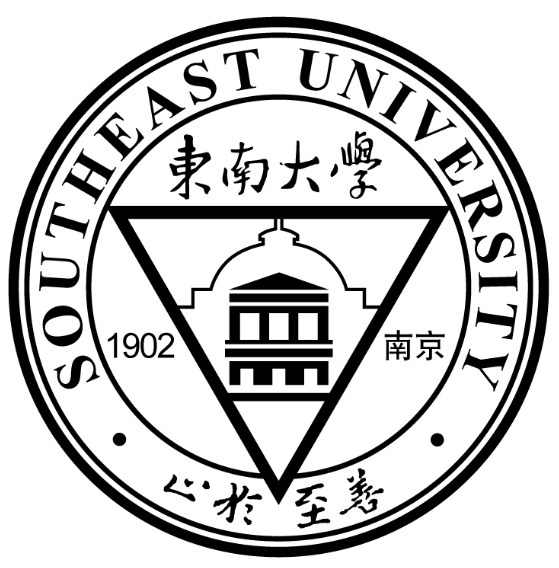Prof. Ming Cao gave a talk on July 11th, 2022 in our group about “Angle rigidity graph theory and its applications to formation movement of multi-agent systems”
Bio
Prof. Ming Cao (IEEE fellow) has since 2016 been a professor of networks and robotics with the Engineering and Technology Institute (ENTEG) at the University of Groningen, the Netherlands, where he started as an assistant professor in 2008. Since 2022 he is the director of the Jantina Tammes School of Digital Society, Technology and AI at the same university. He received the Bachelor degree in 1999 and the Master degree in 2002 from Tsinghua University, China, and the Ph.D. degree in 2007 from Yale University, USA. From 2007 to 2008, he was a Research Associate at Princeton University, USA. He
worked as a research intern in 2006 at the IBM T. J. Watson Research Center, USA. He is the 2017 and inaugural recipient of the Manfred Thoma medal from the International Federation of Automatic Control (IFAC) and the 2016 recipient of the European Control Award sponsored by the European Control Association (EUCA). He is a Senior Editor for Systems and Control Letters, an Associate Editor for IEEE Transactions on Automatic Control, IEEE Transaction of Control of Network Systems and IEEE Robotics & Automation Magazine, and was an associate editor for IEEE Transactions on Circuits and Systems and IEEE Circuits and Systems Magazine. He is a member of the IFAC Conference Board and a vice chair of the IFAC Technical Committee on Large- Scale Complex Systems. His research interests include autonomous robots and multi-agent systems, complex networks and decision-making processes.
Abstract
Partly inspired by animal formation movements, especially migrating bird flocks, our research group has looked into the intriguing mechnimsms that utilize local angle sensing signals to realize global collective motion coordination. The design of formation control strategies for teams of mobile robots can benifit from the better understanding of how animals implement sensing or communication topologies within groups. Rigidity graph theory turns out to be a powerful tool to gain insight into how multi-agent structures become rigid under inter-agent angle constraints. In this talk, I will report our recent findings that angle rigidity, both in 2D and 3D, is a local property in contrast to bearing and other orientation related rigidity notions in the literature. We also use the construction of angle rigid structures to develop formation control algorithms for teams of mobile agents.
